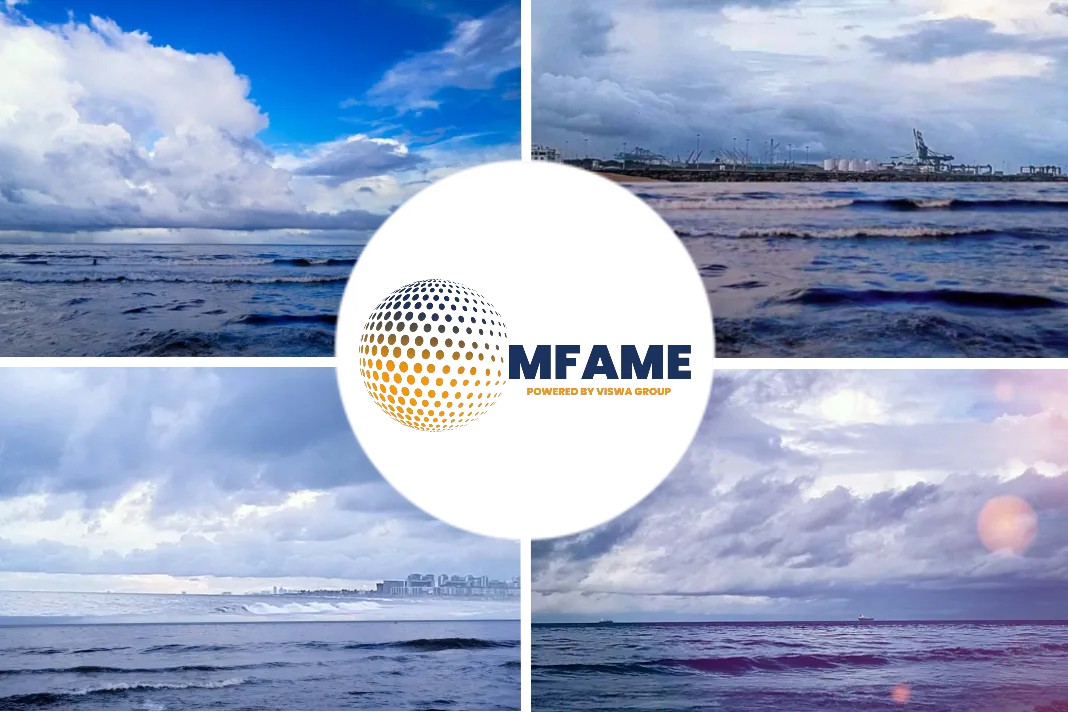
- As the industry drowns in shortcomings, Filipino seafarers may lose jobs and internationally recognized maritime certifications if the local standards do not improve.
- The shortcomings pointed to lacking resources and training as well as numerous fees.
- The MIDP’s priority programs aim to boost maritime security, environmental sustainability, equipment and services, market growth, and administration transparency.
THE PHILIPPINES’ maritime industry serves as one of the pillars of the local economy. It accounted for 3.6% of the Philippine Gross Domestic Product (GDP) in 2021 while comprising 4.5% of the country’s total employment that same year.
Drowning maritime industry
Filipino seafarers form the backbone of the global maritime industry, supplying approximately 700,000 workers worldwide.
Despite its size, the nation’s maritime industry fails to meet the standards of the European Maritime Safety Agency (EMSA) and the International Maritime Organization (IMO).
As the industry drowns in shortcomings, Filipino seafarers may lose jobs and internationally recognized maritime certifications if the local standards do not improve.
Pledge of improvement
The maritime industry remains a key interest in Philippine policy given the country’s coastline of about 17,500 kilometers.
To secure maritime interests, the Philippine Coast Guard (PCG) and the Department of Transportation – Marine Industry Authority (DoTr-Marina) collaborate in overseeing the marine industry.
PCG spearheads the enforcement of laws and regulations, search and rescue, and security, while DoTr-Marina ensures the welfare and security of ships, passengers, and crew.
At the forefront of the industry are Filipino seafarers, accounting for 25% of all seafarers worldwide and sending home some USD 6.71 billion in remittances during 2022.
In 2018, the industry contributed Php 622.2 billion to the GDP and was allocated a budget of Php 882.4 million for the following year.
Dependency on private institutions
In a December 2022 interview, International Seafarers Action Center (ISAC) president Edwin Dela Cruz remarked, “The government has depended on private educational institutions to provide maritime education, but has not provided them with sufficient subsidies to upgrade their facilities to align with international standards.”
President Ferdinand “Bongbong” Marcos Jr. has since pledged to make the maritime industry a top priority during the Philippine Maritime Industry Summit 2023.
While shipping industries, unions, as well as the European Commission (EC) have acknowledged Marcos’ promises, EC Director-General Henrik Hololei stressed that the long-standing issues in the industry must be urgently actioned upon.
A sea of grievances
President Marcos’ pledge of improvement and the EC’s scrutiny prompted the public’s dissection of the maritime industry, resurfacing its many issues.
In particular, an audit by EMSA in 2020 raised 13 shortcomings and 23 grievances in the industry’s facilities, equipment supply, and educational institutions.
The shortcomings pointed to lacking resources and training as well as numerous fees. Grievances highlighted inconsistent processes, risking the creation of ill-educated seafarers.
As early as 2006, EMSA began issuing warnings of noncompliance to the Philippines.
However, the Philippines has consistently failed to pass the agency’s audits, with dated violations still unresolved while newer ones emerge.
A continuing violation is the lack of training equipment such as training simulators, with only 86 facilities in the country having licensed simulators as of 2016 which the agency pinned to government underfunding.
Filipino seafarers struggling
Filipino seafarers also struggle to obtain permanent status despite years of service. Currently, the prevalence of ambiguous terms and conditions in employment contracts disadvantages seafarers.
These issues, compounded with the surging rates for Filipino seafarers, have only caused the country to lag behind in Asian maritime affairs, with the number of Filipino seafarers globally dropping by 54% between 2019 and 2020.
The industry is thus threatened with losing international competency accreditations should these issues go unaddressed.
Effectively, this would bar Filipino seafarers from working on European Union vessels, stripping 50,000 Filipinos of their jobs.
Reeling in change
Facing pressure to make changes in the industry, the government has taken corrective measures on seafarer education suggested by the Philippine Department of Transportation (DoTr).
Simultaneously, several maritime bills and development plans have been created to address the industry’s woes.
One plan is the Maritime Industry Development Plan (MIDP) 2028 developed by DOTr-Marina. Spanning from 2019 to 2028, it aims to address the issues EMSA pointed out and promote the country’s maritime services.
Despite remaining stagnant for several years, the MIDP 2028 regained political traction with Marcos urging his administration’s participation in its effective implementation.
Boosting maritime security and sustainablility
In the coming years, the MIDP’s priority programs aim to boost maritime security, environmental sustainability, equipment and services, market growth, and administration transparency.
It foresees 100% growth in the industry as it zeroes in on safety, sustainability, affordability, shipbuilding capacity and production, and availability of locally produced seafarers.
Expansion of maritime sector
In line with the expansion of the maritime sector, the 18th Congress passed Republic Act (RA) 11659 or the Public Service Act (PSA) last year.
The PSA allows for 100% foreign ownership of public service industries versus the previous cap of 40%.
According to its principal author, former senator Franklin Drilon, the PSA would “compel the current players to shape up and boost our foreign direct investments, and provide our people with better choices.”
With the passage of the PSA, however, domestic shipping liners have struggled to keep up with foreign companies. This has prompted unions to push for further changes in the industry.
Actualization of government proposals
In a letter to the DoTr, the Philippine Inter-island Shipping Association requested that RA 11659 be amended to include the domestic shipping industry as a public utility, preserving the 60-40 foreign equity ownership of domestic shipping businesses.
With local shipping establishments and the jobs of Filipino seafarers on the line, the maritime industry anticipates the actualization of government proposals and pledges.
In the meantime, it continues to hold untapped potential for the Philippine economy and its workers.
Did you subscribe to our Newsletter?
It’s Free! Click here to Subscribe.
Source: The Guidon






















